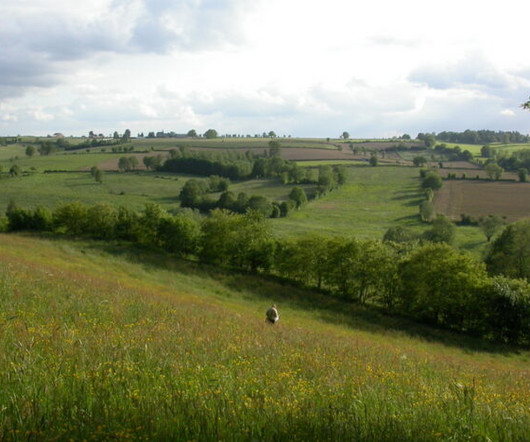When Not Farming is the Best Use of Land
Modern Farmer
JANUARY 19, 2024
In return, they are paid a yearly rental rate per acre of land enrolled in CRP programs. In 2023, he USDA Farm Service Agency made more than $1.77 billion in payments to agricultural producers and landowners enrolled in all CRP programs, and more than 23 million acres of private land in the US was being conserved.











Let's personalize your content